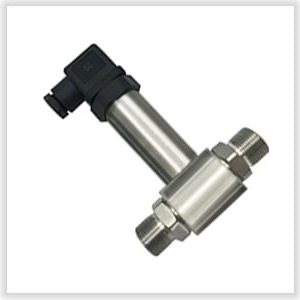Pressure transducers are the best way to accurately measure pressure. They’re easy to use, they don’t require any device calibration. It can use in a variety of applications. The most common type of this device uses an electrical resistance element. It changes the output voltage depending on the amount of force applied on it. It consists of an electronic circuit with a sensor and microprocessor, which measures the change in voltage between two points on the sensor. This change is then converted into units of pressure (such as PSI or bar).
PRESSURE TRANSDUCERS AND TRANSMITTERS
Do you need to measure pressure?
If you’re looking for a new pressure transducer, we have what you need.
We are one of the leading pressure transducer suppliers in uae. we offer many brands. Gems, Danfoss, and Siemens are the major brands in our stock. Those are designed to meet your specific needs. Our products are available in different ranges. It can use in various applications. Such as water, oil, gas, or steam. They’re easy to use in almost any environment. We offer a full line of products that will help you find the right solution for your application.
Siemens
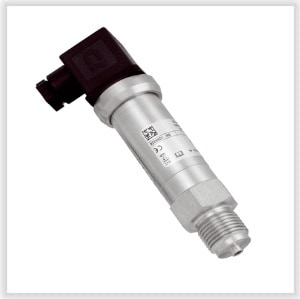
Siemens pressure transducers are compact single-range product. It is suitable for the measurement of absolute and gauge pressure. Stainless steel sensors and ceramics sensors are available in this series. This series is used to measure the process pressure, absolute pressure, and hydrostatic pressure. The measured pressure will be transformed with these sensors into a 4-20-mA or 0-10-V-signal.
Danfoss

Danfoss offers a wide range of pressure transducers which is suitable for almost all kinds of industries. Including refrigeration, water booster pump application, hydraulic operations, and so on.
The DST P110 sensor offers improved reliability, durability, and performance for applications in the refrigeration and air conditioning markets. It has a stainless-steel design and a hermetically sealed media interface. DST P110 series products can withstand even the harshest application environments. The sensor runs on a new powerful electronics platform. It offers self-diagnostic capabilities and programmable features.
The AKS 32 and AKS 33 series measure the pressure and convert the measured value into a standard signal. These models have been widely used in air Conditioning, Commercial Refrigeration, and industrial refrigeration sectors.
AKS 3000 series of absolute transmitters are high-level signal conditioned current output transmitters. It was developed to meet demands in the refrigeration industry.
Gems
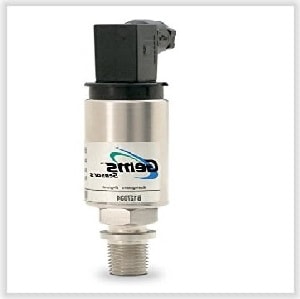
Gems offer Chemical Vapor Deposition (CVD) pressure sensors that provide an effective method of overcoming the often severe limitations of other low-cost pressure measuring products. Thin Film and MMS are the other models.
The MMS sensors utilize common semiconductor manufacturing techniques that allow for high proof pressure, good linearity, great thermal shock performance, and stability in a thin sensor package.
Thin Film Sensors Sputtered thin-film technology provides years of worry-free measurements under demanding real-world conditions. Sputtered metallic strain gauge sensors have terrific thermal properties and superior stability specifications. Ideal for harsh applications demanding long-term service where precise laboratory-type measurements are required
- Measure Range: 0 BAR to 1000 BAR
- Pressure Type: gauge (G)
- Overpressure: 150%FS
- Accuracy: 0.5%FS, 1.0%FS
- Output signal: 4-20mA(2-wire), 0-5V;1-5V;0.5-4.5V; 0-10V (3-wire)
- Supply: 12-36Vdc
- Compensated temperature range: -10~+80°C
- Storage temperature range: -40~+125°C
TYPES OF ELECTRICAL OUTPUTS
There are mainly 3 types of electrical outputs which are 4-20mA, amplified voltage, and millivolt. Each one has its own advantages depending on the application.
Let’s go over each one in detail. So you can decide which one works best for your needs.
4-20mA Output Transducers
4-20mA output provides accurate measurements with lower power consumption than amplified voltage. However, it requires additional circuitry. Such as current loops and transmitters in order to work properly, which increases costs compared to other options.
Amplified voltage Output Transducers
Amplified voltage output provides accurate measurements. However, it requires more power than millivolt output because it uses an op-amp circuit instead of just resistors as the millivolt circuit does.
Millivolt Output Transducers
Millivolt output is typically used when measuring very low pressures or high pressures where accuracy isn’t as important as cost-effectiveness.
What is the use of Pressure sensors
How its work?
Design and construction
The three-dimensional construction of the ceramic sensor provides excellent stability under static load conditions. Even maintaining low sensitivity to shock loads when compared with other types of sensors. This makes them ideal for use in harsh environments where mechanical shocks are common occurrences. In addition, they have better performance than metal foil-type sensors when exposed to elevated temperatures up to 200 °C.
Types of Pressure Sensing Devices
- Pressure: You must know the range of pressure to be measured. Especially the maximum, to have the best results in measurements and efficiency. The diaphragm, accessories, and welds must be compatible with the media where they will be installed.
- Both the ambient and process temperatures must be known to be compensated to avoid variations in the transducer reading.
- Environment: The environment where the transducers operate should also be closely examined. Factors such as humidity, temperature, and dust should consider when selecting the type of equipment.

High temperature transmitter
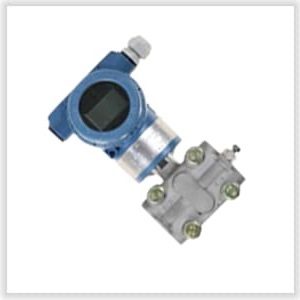
Capacitance pressure transmitter
Strain Gauge
Resonant Wire
Potentiometric
Potentiometric
Types and Operations
Micro Differential Pressure transmitter
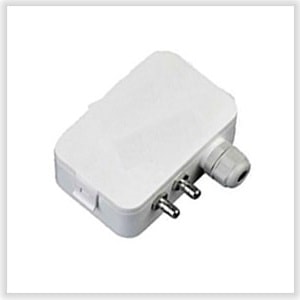
Types in terms of pressure measurements
